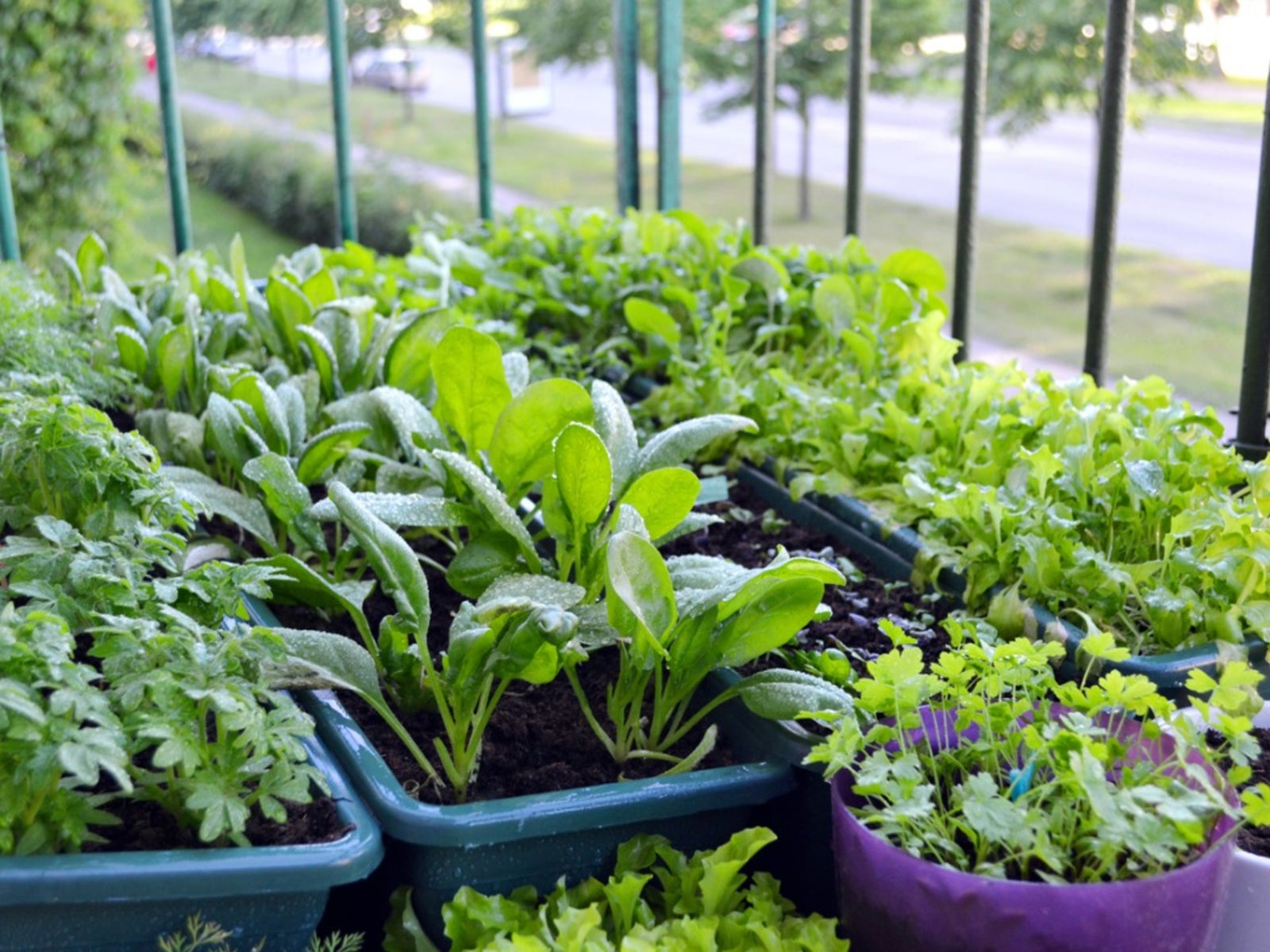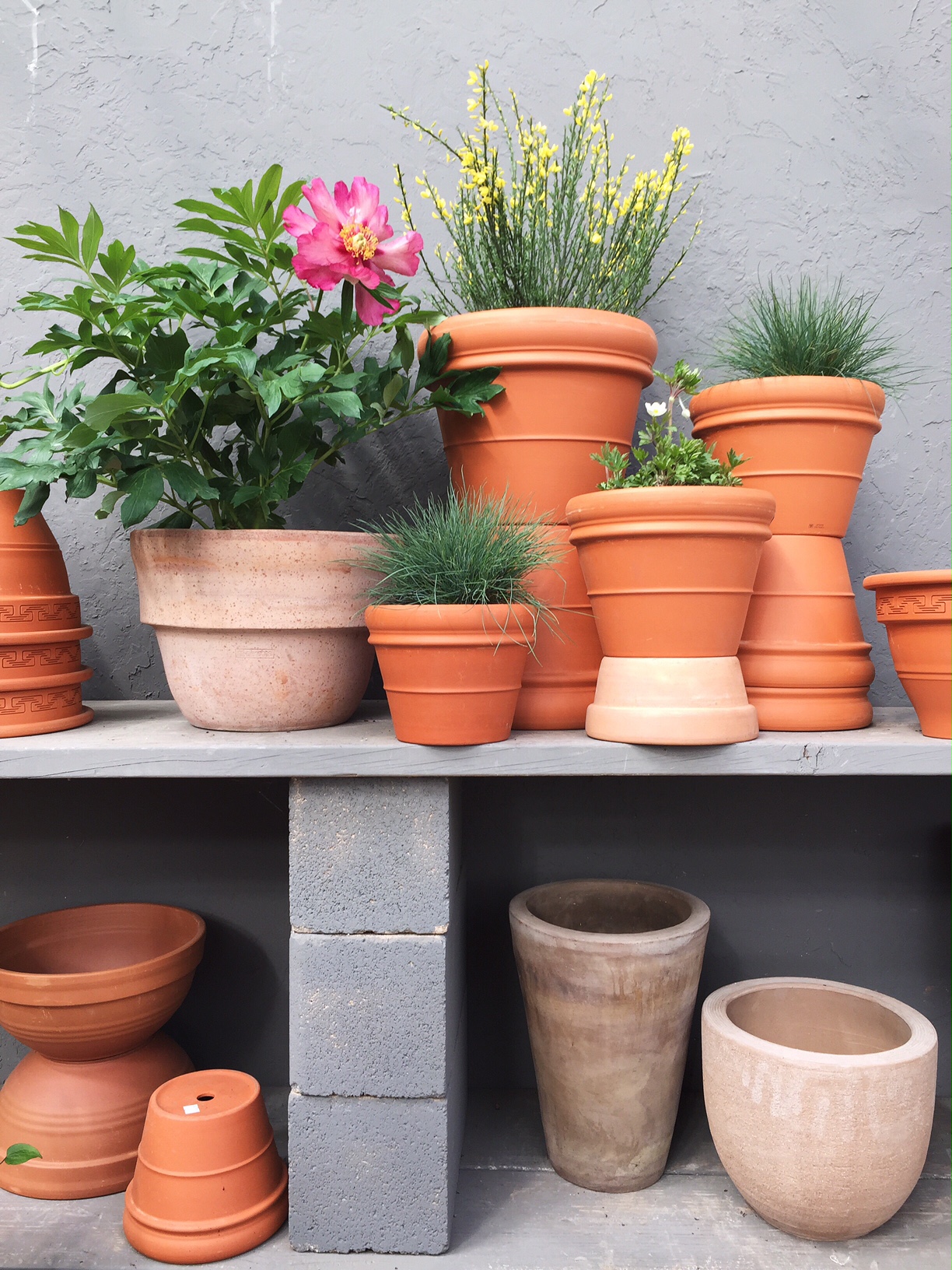The Charm of Container Vegetable Gardening: An Overview
Container vegetable gardening has gained popularity due to its numerous benefits. This space-saving approach allows even urban dwellers to grow their own fresh produce, fostering self-sufficiency and reducing the environmental impact of transporting store-bought vegetables. The versatility of container gardening enables gardeners to position pots in various locations, from balconies and windowsills to patios and decks. By starting a vegetable garden in pots, you can enjoy homegrown vegetables that not only taste better but also contribute to a healthier lifestyle.
Choosing the Right Containers: A Crucial First Step
Selecting the ideal containers is a critical aspect of successful vegetable gardening in pots. Various materials and types cater to different gardening needs. For instance, plastic pots are lightweight, inexpensive, and retain moisture well, while terracotta pots offer excellent breathability and a rustic aesthetic. Wooden containers, such as half barrels, provide a charming, natural look but require regular maintenance to prevent rot and decay.
When choosing containers, consider factors like size, material, and drainage. A container should be large enough to accommodate the plant’s root system, allowing for proper growth. A general rule of thumb is to select a pot that is at least 12 inches in diameter for most vegetables. However, larger vegetables like tomatoes and peppers may require bigger pots, up to 18 inches in diameter, to thrive.
Ensure your chosen containers have adequate drainage holes to prevent waterlogging, which can lead to root rot and other fungal diseases. If necessary, drill additional holes in the pot to ensure proper water flow. For containers without built-in drainage, consider adding a layer of pebbles or broken pottery at the bottom to facilitate water dispersal.
Some pot brands cater specifically to container vegetable gardening, offering features like built-in water reservoirs, self-watering systems, and insulation to maintain consistent soil temperatures. Brands like Lechuza, EarthBox, and Woolly Pocket are popular choices among container gardeners, providing innovative solutions for growing vegetables in pots.
Selecting the Perfect Potting Mix: The Foundation of a Thriving Garden
The potting mix is the foundation of a successful container vegetable garden. Unlike garden soil, potting mix is specifically designed for container gardening, providing optimal drainage, aeration, and nutrient retention. High-quality potting mix ensures healthy root development and supports vigorous plant growth.
Potting mix differs from garden soil and compost in several ways. Potting mix is typically lighter and fluffier than garden soil, allowing for better water drainage and root respiration. Compost, while beneficial for adding organic matter and nutrients, may not provide adequate drainage and aeration when used alone in container gardening. A well-balanced potting mix usually contains ingredients like peat moss, perlite, vermiculite, and bark or coir, creating an ideal environment for container-grown vegetables.
When selecting a potting mix, consider store-bought options like Miracle-Gro Potting Mix, Espoma Organic Potting Mix, or FoxFarm Ocean Forest Potting Soil. These mixes cater to various gardening needs, from general-purpose blends to specialized mixes for specific plants or growing conditions. Always choose a mix that is suitable for vegetables and designed for container gardening.
For a more personalized approach, consider creating your own potting mix recipe. A simple homemade potting mix can be made by combining equal parts peat moss, perlite, and vermiculite. This basic recipe can be further customized by adding compost, slow-release fertilizer, or other amendments to meet the unique requirements of your container vegetable garden.
Picking the Perfect Vegetables: Tailoring Your Garden to Your Taste
Selecting vegetables that thrive in container gardening is essential for a successful and rewarding experience. Factors such as growth habits, space requirements, and maturity times should be considered when choosing vegetables for your potted garden. A well-curated selection of vegetables ensures a bountiful harvest and enjoyment throughout the growing season.
Beginner-friendly vegetables for pot gardening include lettuce, spinach, arugula, radishes, and herbs like basil, parsley, and mint. These vegetables typically have compact growth habits, short maturity times, and modest space requirements, making them ideal for container gardening. Tomatoes, peppers, cucumbers, and squash can also be grown in pots, but they may require larger containers and more attention to care practices due to their vigorous growth and specific needs.
Growing vegetables from seeds or seedlings is a personal preference, and each method has its advantages. Starting vegetables from seeds allows for a wider variety of choices and a lower initial cost. However, seed germination and seedling care can be time-consuming and require patience. Purchasing seedlings from a local nursery or garden center offers a head start on the growing season and eliminates the need for seed starting. Still, the selection may be limited, and seedlings can be more expensive than seeds.
When selecting vegetables for your container garden, consider your personal preferences, available space, and growing conditions. A carefully planned and diverse selection of vegetables ensures a productive and enjoyable gardening experience, whether you are growing lettuce in a window box or tomatoes in a large pot on the patio.
Strategic Placement: Maximizing Sunlight and Space
Sunlight is a crucial factor in the success of any vegetable garden, including those grown in pots. Most vegetables require at least six hours of direct sunlight per day for optimal growth and fruit production. When positioning pots, consider factors such as building shadows, tree coverage, and the path of the sun throughout the day to ensure your vegetables receive adequate light.
If space constraints are an issue, consider creative solutions like vertical gardening or utilizing a balcony or windowsill. Vertical gardening involves growing vegetables upwards using structures like trellises, wall-mounted planters, or hanging baskets. This approach not only saves space but also adds visual interest to your garden. Balconies and windowsills provide excellent sun exposure and are perfect for growing smaller vegetables, herbs, and lettuces.
When arranging pots, group similar plants together based on their sunlight requirements. For example, place sun-loving vegetables like tomatoes, peppers, and eggplants in a sunny location, while more shade-tolerant plants like lettuce, spinach, and herbs can be placed in a partially shaded area. This grouping strategy ensures that all plants receive the appropriate amount of sunlight for their specific needs.
Nurturing Your Garden: Watering, Fertilizing, and Pest Management
Proper care practices are essential for maintaining a healthy container vegetable garden. Regular watering, fertilizing, and pest management are crucial components of this process.
Watering Techniques
Container-grown vegetables typically require more frequent watering than those grown in the ground due to their limited root systems and faster water evaporation. Aim to keep the potting mix consistently moist but not waterlogged. Overwatering can lead to root rot and other fungal diseases, while underwatering can stunt plant growth and reduce yield. Consider using self-watering containers or installing a drip irrigation system to maintain consistent moisture levels.
Fertilization Schedules
Container vegetable gardens benefit from regular fertilization to replenish nutrients used by the plants during growth. Use a balanced, water-soluble fertilizer, and follow the manufacturer’s instructions for application rates and frequencies. Slow-release granular fertilizers can also be used, but they may not provide adequate nutrition for heavy feeders like tomatoes and peppers. Regularly monitor plant growth and adjust fertilization schedules as needed to maintain optimal health.
Pest Control Methods
Pests can be a challenge in container vegetable gardens, but there are several organic and chemical control methods available. Regularly inspect plants for signs of pests, such as discolored leaves, holes in foliage, or sticky residue. Introduce beneficial insects like ladybugs and lacewings to control aphids, spider mites, and other soft-bodied pests. Neem oil, insecticidal soap, and horticultural oil are effective organic pesticides that can be used to manage infestations. Always follow the product label instructions for safe and effective use.
Regularly monitoring and adjusting care practices ensures a thriving container vegetable garden. By employing proper watering techniques, fertilization schedules, and pest management methods, you can enjoy a bountiful harvest and expand your gardening skills.
Harvesting with Joy: Reaping the Rewards of Your Labor
Harvesting vegetables from your container garden is an exciting and rewarding experience. To ensure optimal flavor and nutritional value, it’s essential to know when and how to harvest different vegetables properly.
Timing is Everything
Harvesting vegetables at the right time is crucial for maximizing their taste and nutritional content. Most vegetables will provide visual cues when they are ready to be picked. For example, lettuce leaves should be harvested when they are crisp and tender, while tomatoes should be allowed to ripen fully on the vine. Familiarize yourself with the specific harvesting requirements of each vegetable in your container garden to ensure the best possible results.
Harvesting Techniques
Proper harvesting techniques help maintain the health and productivity of your container vegetable garden. Use clean, sharp tools to minimize damage to plant tissues and reduce the risk of disease transmission. For vegetables like lettuce, harvest outer leaves first, allowing inner leaves to continue growing. For root vegetables like carrots and beets, wait until the vegetables reach their full size before gently loosening them from the soil and carefully lifting them from the pot.
Celebrating Your Achievements
Harvesting your homegrown vegetables is an opportunity to celebrate your gardening achievements. Share your bounty with friends, family, and neighbors, or preserve your harvest by canning, freezing, or dehydrating excess produce. By incorporating your homegrown vegetables into meals, you can enjoy the fruits of your labor while reaping the health benefits of fresh, nutrient-dense produce.
Harvesting vegetables from your container garden is a joyful experience that highlights the rewards of your hard work and dedication. By understanding the specific harvesting requirements of each vegetable and employing proper techniques, you can maximize the flavor and nutritional value of your homegrown produce.
Expanding Your Horizons: Taking Your Container Garden to the Next Level
Once you’ve gained experience and confidence in container vegetable gardening, it’s time to explore advanced techniques that can enhance your gardening skills and enjoyment. Consider implementing succession planting, companion planting, and overwintering to take your container garden to the next level.
Succession Planting
Succession planting involves sowing new vegetable seeds or transplanting seedlings into pots recently vacated by harvested crops. This technique allows you to enjoy multiple harvests from the same container throughout the growing season, maximizing space efficiency and productivity. For example, you can successively plant lettuce, radishes, and beans every two to three weeks for a continuous supply of fresh produce.
Companion Planting
Companion planting is a gardening method that involves pairing vegetables with complementary growth habits, pest-repelling properties, or beneficial pollinators. For instance, basil and tomatoes are well-suited companions, as basil repels tomato hornworms and improves the flavor of tomatoes. Marigolds are another popular companion plant, as they deter nematodes and other pests. Experiment with various vegetable combinations to create a thriving, diverse container garden ecosystem.
Overwintering
Overwintering is the practice of keeping select vegetables alive during the winter months, allowing for an early spring harvest. Hardy vegetables like kale, spinach, and collard greens can survive cold temperatures and limited sunlight when protected with insulating materials like bubble wrap or frost blankets. Overwintering not only extends your gardening season but also provides an opportunity to observe and learn about the resilience of different vegetable varieties.
By incorporating succession planting, companion planting, and overwintering into your container vegetable gardening routine, you can expand your skills, increase productivity, and keep your hobby fresh and engaging. Continuously experiment with new vegetables, container types, and gardening methods to ensure a rewarding and enjoyable experience.



/Containergarden-GettyImages-155360996-5a0917a1ec2f640036a63a1b.jpg)


